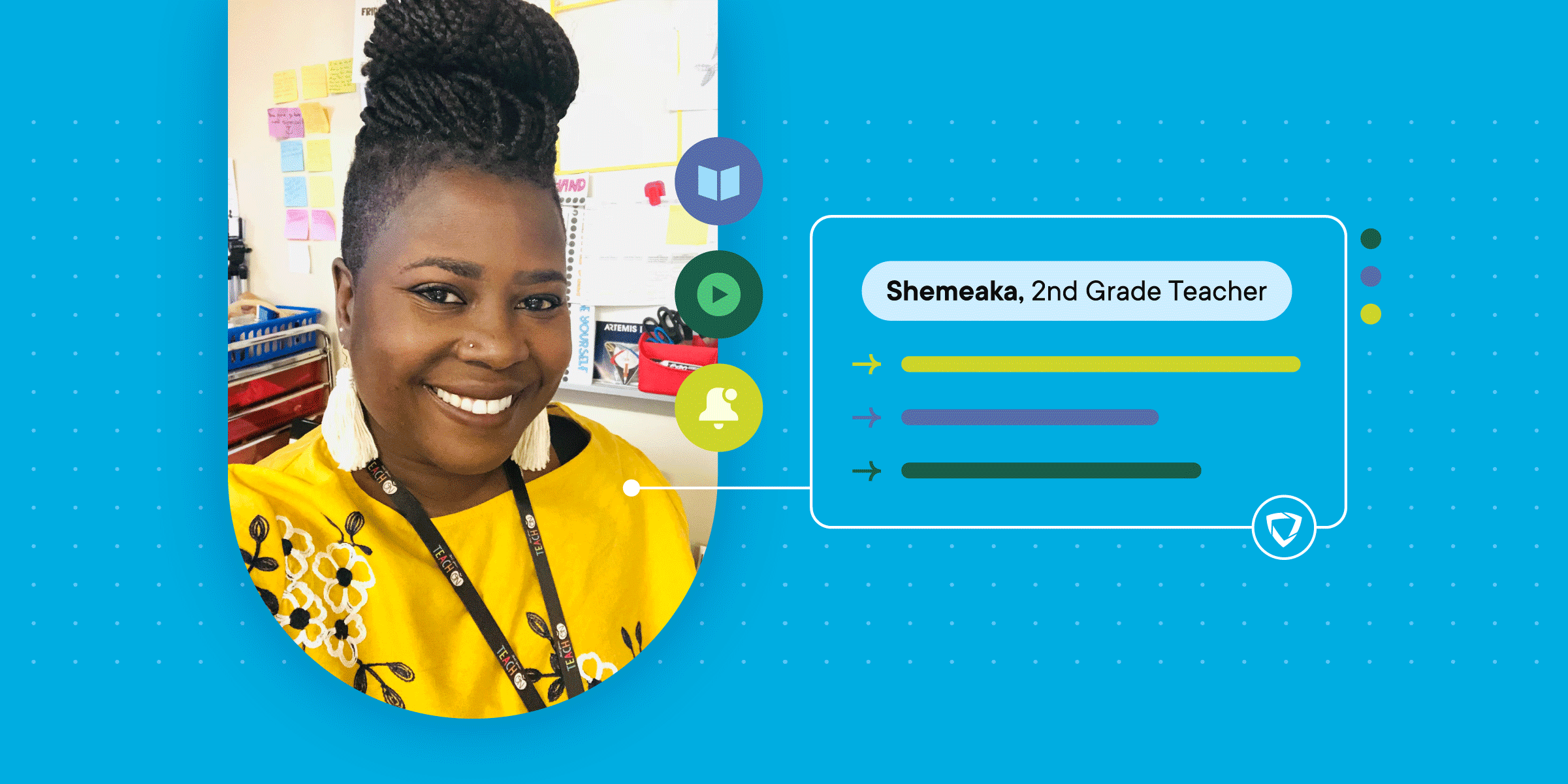
Research indicates as many as 1 in 6 American youth ages six to 17 experience a mental health disorder each year. Sometimes as parents, we notice changes or our child asks us for help; other times, a caring educator reaches out to raise concerns. This year as schools moved virtual and students spent more time online, parents became more familiar with the tools that schools utilize for mental health support, like GoGuardian Beacon. In my role as president of Nevada PTA and an administrator of an active parent Facebook group in the nation’s fifth-largest school district, I hear frequently from parents seeking guidance and resources to support their children's mental health needs. As a mom of four, including children with ADHD, anxiety, and depression, I’ve had to navigate these issues myself.
Families and educators share a common goal: We want children to be happy, healthy, and thriving. While we have a common goal, the ways we work towards that goal can look very different. Schools have mental health resources families need, though caregivers often don’t know they exist or how to best utilize them. Children are best served when caring adults, including educators and families, partner together to support their wellness. Recognizing our common goal, there are a variety of ways we can build strong partnerships between educators and families to support children’s mental health needs.
Focus on partnership
Children are best served when caring adults, including educators and families, partner together. When caregivers are empowered with appropriate resources and tools, they are better able to ensure children receive effective mental health support. At each step of the process, seek to understand each child’s unique needs.
Recognize families are unique and diverse
Caregivers have different levels of knowledge and understanding about mental health and how to support their kids emotionally. It's important to provide resources that meet needs for a wide variety of issues and concerns. Be culturally responsive; recognize families have varied cultures, religions, customs, and practices that could impact mental health services and treatment.
Seek to understand
Recognize stigma and stereotypes regarding mental health are still pervasive. Be aware of bias and preconceptions that may influence how you engage with families and the support you offer. Assumptions erode trust and are a barrier to effective partnership. If you seek to understand, you are more likely to be able to effectively guide families toward specific resources that will have the most impact.
Understand language matters
Education and mental health professionals use terminology and jargon that is often technical and may not be understood by all families. Add in new and constantly evolving technology and programs used to support student mental health, and everything quickly becomes overwhelming — especially to a parent trying to support a child in need or in crisis. Recognize a parent may not know the abbreviations, program names, and professional licensure differences. Provide information that is clear, accessible, and in the language spoken by the family.
Help families navigate logistics
Families want to help their child, but may not know where to start. Schools or insurance companies too often provide parents with a list of resources without context. Families may need help understanding the types of resources and various mental health providers available and which options would be the best fit for their child’s current situation. School-created resources can also go unused if not often and widely distributed beyond simply posting on a website. Taking time to ask questions, listen, and provide more context can help ensure children get connected to the right supports.
Connect to the community
School and mental health systems are often stretched to capacity. Families may feel lost in the shuffle and forgotten. Families see the needs of their children and often don’t understand the systemic challenges that cause barriers to support. Be honest with families about barriers, while also working together to find appropriate resources and solutions that best help the children.
Collaborate now
Students benefit when families and schools proactively collaborate on mental health and wellbeing. Work together to build relationships, understand needs, and encourage families to contribute authentically. As a school or district staff member, you often have a lot on your plate. As you build partnerships, parent and student organizations like the PTA can help by hosting workshops, guest speakers, or events to help provide a space for dialogue, community building, and resources to be shared. This can be done virtually or in person. When families, educators, and students come together to make mental health a priority, everyone benefits.
Looking for additional support and resources?
The National PTA provides a variety of online resources in collaboration with trusted partners to strengthen mental health in the community. Together, empowered with resources and in partnership, parents and educators can help ensure students receive the support and tools needed for their mental health.
To help schools and districts support student and teacher mental health, GoGuardian has collaborated with school counselors, SEL coaches, mental health advocates, and experts in Suicidology to create a collection of resources and tools to use in your schools. Be sure to get your free copy of the guide.









